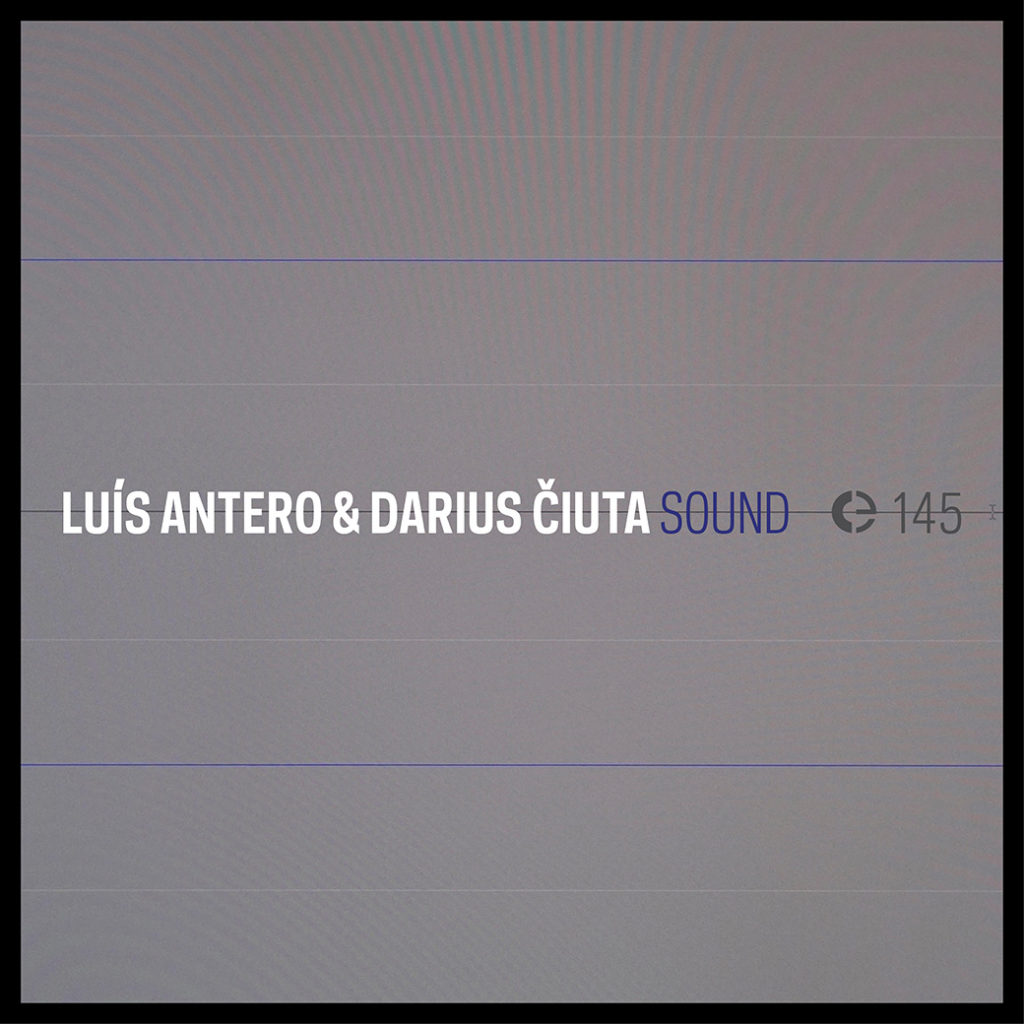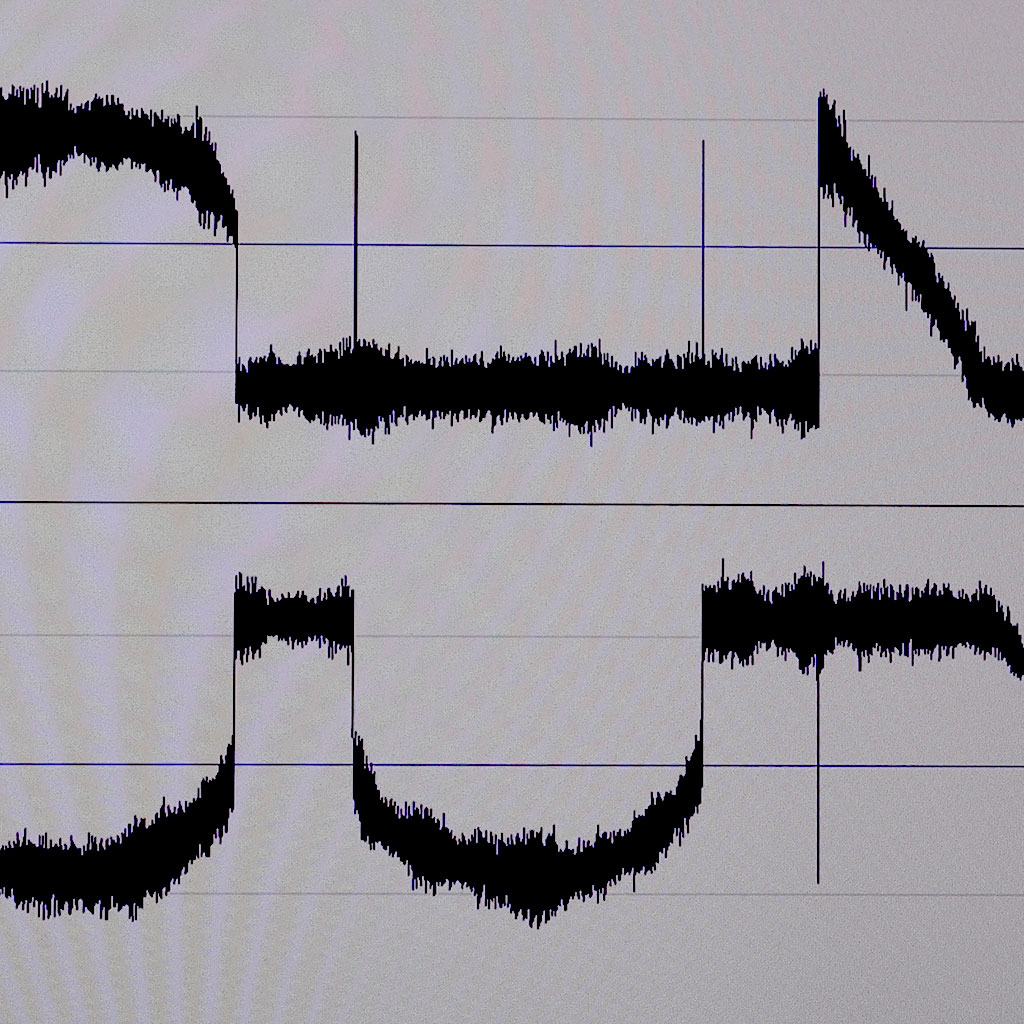
Manchmal entstehen umfangreiche Arbeiten aus kleinen Impulsen. Für Diana Combo, die Frau hinter dem Soundprojekt SÃria und außerdem Sängerin, beginnt ihr Tape „Cuspo“ mit einem Auftrag. Ein Autor hatte sie gebeten, Patti Smiths „Gloria“ und einen eigenen Song für eine Theaterproduktion einzusingen. Während ihrer Suche nach passenden Stimmungen, Melodien und Texten entstand recht schnell ein ganzer Songzyklus, und als sie später vom Lissaboner Crónica-Label zu einem Auftritt eingeladen wurde, stand längst fest, dass das Material reif für ein Album war.
Vielleicht war es die Verwunderung darüber, wie selbstläuferhaft das ungeplante Werk zustandekam, die die Musikerin dazu bewog, eine ganze Reihe an Arbeiten z.T. befreundeter Kollegen (u.a. Svarte Greiner, Lemures und Antoine Chessex) zu sampeln und so noch ein paar Schichten mehr draufzusetzen – am gelegentlichen Knistern erkennt man noch die Herkunft vieler Spuren vom Vinyl. Wie zu erwarten steht Combos Stimme bei den meisten Stücken im Vordergrund und kommt in unterschiedlicher Form zum Einsatz: als mal kräftiger, mal anheimelnd schöner Folkgesang ohne die sirenenhafte Süßlichkeit mancher Kolleginnen, als beinahe gehauchtes Echo eines entrückten, ambienten Dreampop, als Spoken Words in großen Lettern und mit Ausnahme des Patti Smith-Covers immer in ihrer portugiesischen Muttersprache.
Die ihren Gesang untermalende, einhüllende und in wenigen Momenten in sich auflösende Musik ist trotz subtiler Spannungsmomente meist sanft, lässt Raum und kommt weitaus weniger opulent daher als man es bei einem so großen Aufgebot an Musikern erwarten könnte. Vinylknistern und die wohligen Wellen eines Harmoniums schaffen ein gemächlich gleitendes Fundament, rauschende Becken und plötzlich auftretende Gitarrenfiguren stören die Ruhe immer wieder auf, aus unterschiedlichen Quellen summt und dröhnt es, und ab und an geben eingearbeitete Aufnahmen des Meeres, der Straße und zirpender Grillen dem melancholischen Setting zusätzliches Kolorit. Es wäre falsch, die Momente, in denen solche Sounds in den Vordergrund treten, als Interludien abzutun, denn in ihnen offenbart sich die feinsinnige Kompositionsstruktur der Musik noch am ehesten.
Neben dem Tape in angemessener Limitierung ist das Werk über die üblichen Download-Formate zu bekommen. (U.S.)
via African Paper






